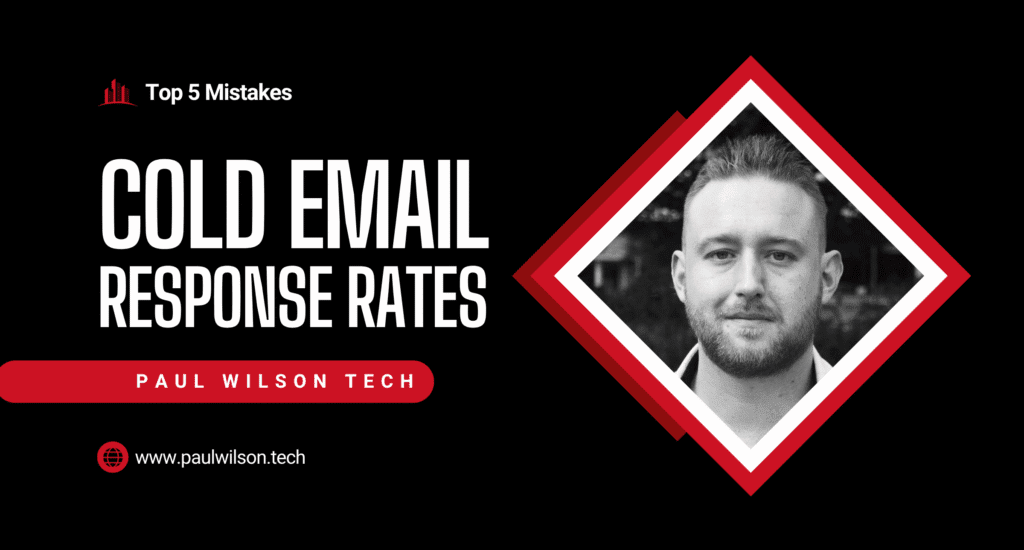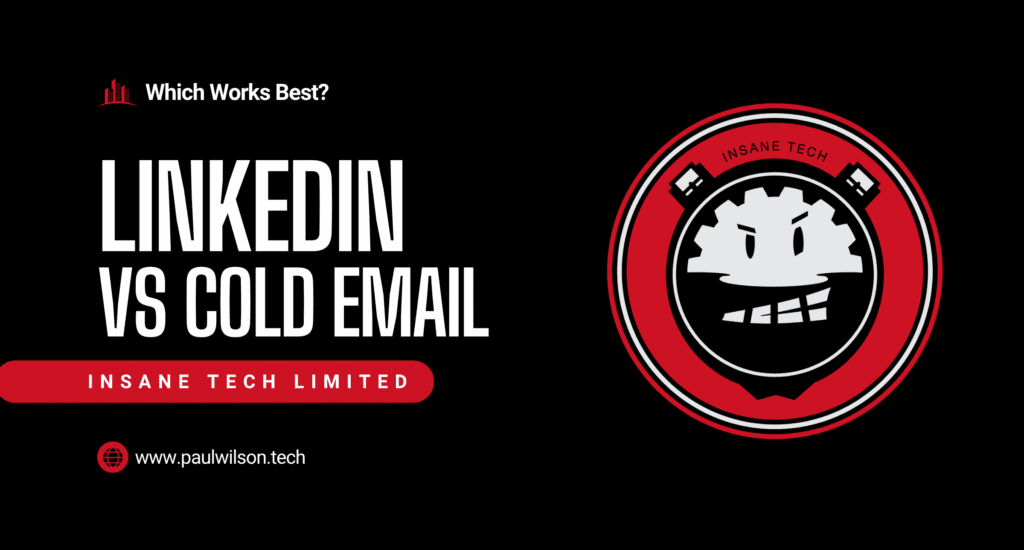
If you’ve ever tried running a cold email campaign, you probably know the pain of sending hundreds (or thousands) of emails… only to get a handful of replies — if any.
The truth is, most cold email campaigns fail. Industry benchmarks often put average reply rates at under 5%, and meetings booked even lower.
But it doesn’t have to be this way. In this article, we’ll break down the most common reasons cold email campaigns flop — and how to fix each one so your next campaign actually delivers results.
The Top Reasons Cold Email Campaigns Fail
1. Poor targeting and low-quality lists
The biggest killer of cold email campaigns is simply emailing the wrong people.
Many businesses buy cheap, scraped lists that are outdated, irrelevant, or filled with generic info. Even if you’re using a legitimate data provider, failing to define your Ideal Customer Profile (ICP) means you’ll fill your pipeline with leads who were never a fit.
How to fix it:
- Build your list around a tight ICP (industry, company size, geography, tech stack, pain points).
- Use verified data tools (like Apollo, Cognism, Clay) or manual LinkedIn research to ensure fresh, relevant contacts.
2. Weak personalization (or none at all)
Generic blasts like:
“Hi there, I wanted to reach out to see if you’re interested in our software…”
immediately signal mass outreach — and get deleted. Today’s decision makers expect emails that feel written just for them, with references to their company, role, or challenges.
How to fix it:
- Use first name, company name, or specifics about what they do.
- Reference something from their website, recent news, or LinkedIn activity.
- Keep it natural — don’t overload with variables that make your email sound robotic.
3. Poor timing and frequency
Many campaigns either send too few emails (one or two, then give up) or hammer prospects daily until they hit the spam button.
Similarly, sending at odd hours (like weekends or late nights) can hurt your open rates.
How to fix it:
- Aim for 5–7 emails over 3–4 weeks.
- Send on weekdays, typically mid-morning or mid-afternoon in your prospect’s time zone.
4. No clear value proposition
Many cold emails focus too much on the sender (“We’re a leading provider of XYZ…”) instead of the prospect’s problem.
Without a clear, quickly understandable benefit, most readers won’t bother responding.
How to fix it:
- Make your email about them: their problem, their goals.
- State in one line how you can help.
- Use short sentences and avoid jargon.
5. Spammy formatting or compliance mistakes
Large images, multiple fonts, excessive links, or all caps subject lines are red flags for spam filters.
Not including an unsubscribe or opt-out also puts you at legal risk under laws like GDPR and CAN-SPAM.
How to fix it:
- Keep plain text, 1–2 short paragraphs, and minimal links.
- Always include a simple opt-out line, like “If this isn’t relevant, just let me know and I won’t follow up.”
The Simple Playbook To Fix Your Campaigns
✅ Start with a laser-focused ICP and verified lists
Don’t waste time emailing people who would never buy.
✅ Personalize every email — even if just 1-2 lines
Show you’ve done your homework.
✅ Space out follow-ups, and keep them short & friendly
Persistence matters, but don’t spam daily.
✅ Make your value obvious in the first two lines
Lead with the benefit or pain you solve.
✅ Use clean formatting and always give an easy opt-out
This boosts deliverability and builds trust.
Ready To Improve Your Campaigns?
If your cold email campaigns aren’t delivering booked meetings, don’t guess. We offer a free mini audit where we review your ICP, email copy, and sending structure — and give you actionable fixes.
Don’t let simple mistakes kill your cold email ROI. Book a free audit and we’ll show you exactly how to fix your targeting, messaging, and follow-ups — so you start booking real meetings.



